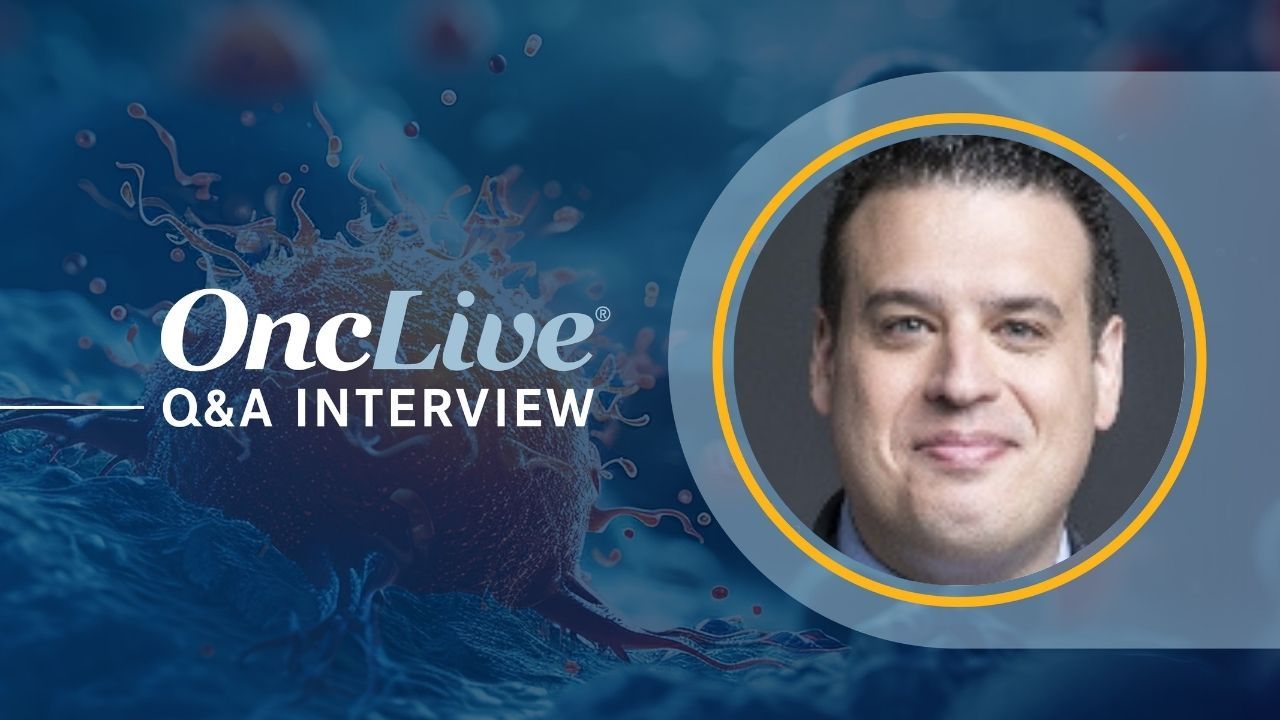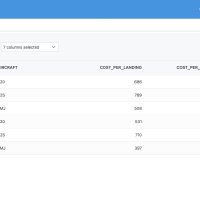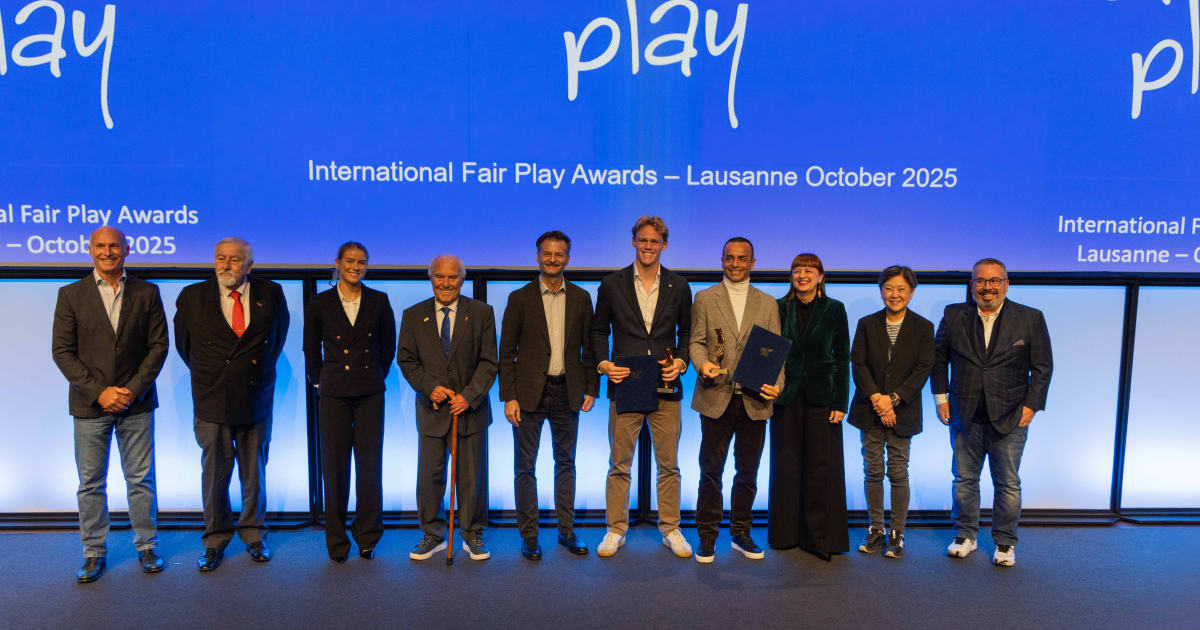Efforts to leverage the immunomodulatory effects and synergistic combinability of CELMoDs like iberdomide (CC-220) and mezigdomide (CC-92480) to augment standard T-cell redirection therapies could lead to more durable remissions or even cures for patients with relapsed/refractory multiple myeloma, according to Joshua Richter, MD.1
Preclinical data suggest that these CELMoDs, which operate through targeted degradation of the cereblon protein, could provide benefit to patients who are resistant to older drugs like lenalidomide (Revlimid) and pomalidomide (Pomalyst), providing a well-tolerated treatment that could be administered for longer durations and in combination with immune therapies or proteasome inhibitors.
“We are using these drugs to prime the collection [of T cells], and that may lead to higher curability using the CAR T-cell modality,” Richer shared in an interview with OncLive® at the
In the interview, Richter discussed how next-generation immunomodulatory drugs could enhance current T-cell therapies in myeloma, current avenues of investigation for CELMoDs in multiple myeloma, and the desired balance between outcomes and toxicity for future immune-based treatments in myeloma.
Richter is an associate professor of medicine in the Division of Hematology and Medical Oncology at The Tisch Cancer Institute, and director of Multiple Myeloma at Blavatnik Family Chelsea Medical Center, Mount Sinai, in New York.
OncLive: How might next-generation immunomodulatory drugs enhance current T-cell therapies in myeloma, and what is the ultimate goal of these combinations?
Richter: [There have been] 3 great epochs of treatment in myeloma. In the old days, we started with classical chemotherapy. Then we moved on to the second generation [of treatment], with novel agents like immunomodulatory drugs, proteasome inhibitors, and monoclonal antibodies. Now we are in that third phase of T-cell redirection with CAR T-cell therapies and bispecific antibodies, and we are heading towards trispecific antibodies.
These therapies are amazing, and they provide some of the most incredible and durable responses we have ever seen, but we have not exactly perfected them. What can we do to help the T cells work even better to fight myeloma? It turns out that there are many drugs that we use already in myeloma for their anti–plasma cell [activity]; one of the ways they do that is by augmenting T-cell responses. [This approach] is the perfect [addition to] T-cell redirection therapy.
We are taking these next-generation immunomodulatory drugs that we call CELMoDs and adding them into the fray. This is not because they are directly killing plasma cells, but because they are augmenting an already robust T-cell response from bispecific antibodies and CAR T-cell therapy. [We want to see whether] there is a depth of response that we can achieve with these combinations that could lead to either unbelievably durable remissions or a cure.
What are some of the current avenues of investigation for CELMoDs in multiple myeloma?
There are a couple ongoing trials that are evaluating using CELMoDs in a variety of settings. The obvious areas [of investigation involve] using CELMoDs either after CAR T-cell therapy as a maintenance approach to maintain and prolong that activated T-cell response against the myeloma, or combining CELMoDs with bispecific antibodies and with drugs like elranatamab-bccm [Elrexfio] and teclistamab [Tecvayli] to see if you can improve overall response rates and progression-free survival.
[There’s another] cool study [of novel CELMoDs], data [from which have] been presented by my colleague Adolfo Aleman, PhD, [of Icahn School of Medicine at Mount Sinai].2 Usually, when we are getting ready to collect T cells for apheresis, we hold all treatment for at least a month and have [the patient receive no therapy] so we do not hurt the T cells en route to collecting them. However, [the data from this study] showed that if, instead of holding all treatment, we provide [patients with] iberdomide and mezigdomide during the time leading up to direct apheresis, the T-cell product we collect is more robust. Basically, we are using these drugs to prime the collection [of T cells], and that may lead to higher curability using the CAR T-cell therapy modality.
What balance between outcomes and toxicity do you hope will be achieved with future immune-based treatments in myeloma?
When it comes to immune responses, we can use the Goldilocks [analogy]. We do not want the porridge too cold, where [the drug] is not fighting things off. We also do not want the porridge too hot, where you have adverse effects [AEs]; we want it just right. In the world of myeloma, that is the way we classically think about [treatment]. It is either one and done, like with CAR T-cell therapy, or the patient receives therapy forever. [A compromise] we are going to have with some of our immunotherapies is fixed-duration, immune-based therapy. It is not necessarily one dose, but it is not treatment forever. Maybe we can figure out a treatment that is not forever, but is enough to get those deep and hopefully cure-based responses.
How does the toxicity profile of CELMoDs make them well suited for combination and long-term use?
One major AE we have noted from the immunomodulatory drug class has been cytopenias. In general, the CELMoDs, like iberdomide, have a great hematologic toxicity profile. This makes iberdomide an ideal drug to combine with other drugs because it does not lead to that grade 3/4 hematologic toxicity as much.
When we think about dose intensity, instead of thinking about it at one point in time for non-curable disease at this current moment, we want to think about longitudinal dose intensity and drugs like CELMoDs. In general, they have less myelotoxicity, so we can keep patients on them in the long term.
Are approvals for CELMoDs anticipated? How could collaboration between academic centers and community doctors support their future implementation into clinical practice?
At the moment, CELMoDs are not approved. Fingers crossed [that] we will hopefully get them FDA approved either in the fourth quarter of 2026 or first quarter of 2027. As these drugs enter the clinical space, [there will need to be] interaction between community and academic oncologists. We can have a conversation with a patient and then pass along the information to the community doctors, because these drugs are coming, and they are going to be part of our armamentarium. We need to figure out together how to optimize them.
References
- van de Donk NWCJ, Bahlis NJ, Pawlyn C, et al. The role of CELMoD agents in multiple myeloma. Onco Targets Ther. 2025;18:921-933. doi:10.2147/OTT.S398118
- Aleman A, Kogan-Zadjman A, Upadhyaya B, et al. Improving anti-BCMA CAR-T functionality with novel celmods in multiple myeloma. Blood. 2024;144(suppl 1):3259. doi:10.1182/blood-2024-201186







